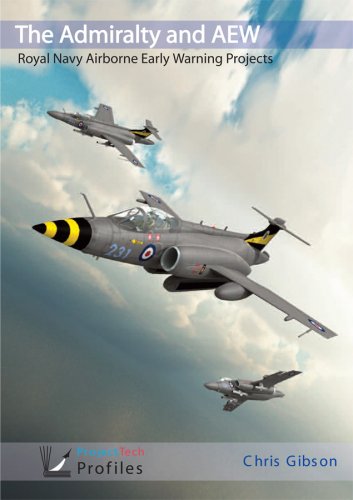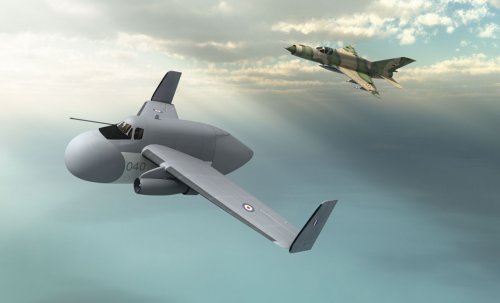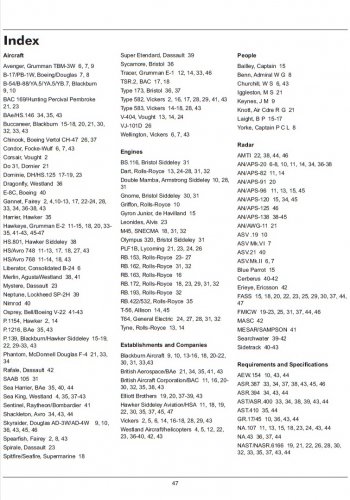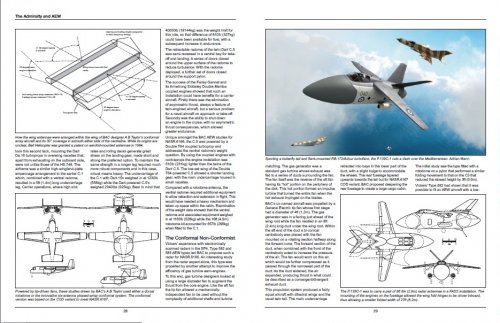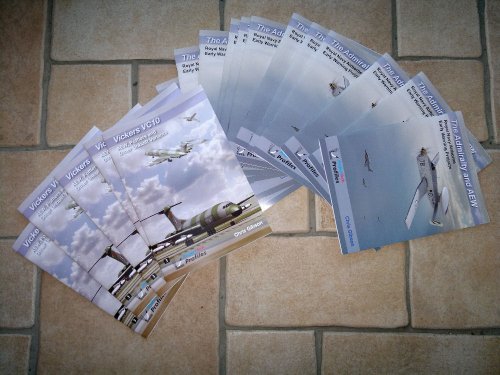- Joined
- 27 December 2005
- Messages
- 16,415
- Reaction score
- 18,967
Message from Chris:
Just a quick note to thank everyone who bought the VC10 book and to let you know what’s in the pipeline for Project Tech Profiles. Following on from Mike Pryce’s P.1216 book comes “The Admiralty and AEW” from Blue Envoy Press. This Project Tech Profile covers the Royal Navy’s many attempts to fill the airborne early warning role on its carriers from 1945 until 2010. As ever, much of the content is new and based on new research in the various BAE Systems archives around the country plus The National Archives at Kew.
The format is similar to the VC10 book, the usual general arrangement drawings and artwork by Adrian Mann. If those who bought the VC10 book have any comments on what could be added or improved in future, I’d be interested in hearing them. For example, more photos, bigger drawings or fewer appendices.
I’m hoping to have it available by the end of the year, but meantime, I have appended a summary of its content and a draft cover image
Thanks and regards
Chris Gibson
Blue Envoy Press.
----------------------------------------------------
The Admiralty and AEW: Royal Navy Airborne Early Warning Projects
Continuing the Project Tech Profile series, “The Admiralty and AEW: Royal Navy Airborne Early Warning Projects” examines the development of this essential role from the Vickers Wellington of 1941 up to BAE Systems’ 2005 Boeing V-22 Osprey and Sidetrack proposals for the forthcoming Queen Elizabeth class aircraft carriers.
Concentrating on unbuilt design studies aimed at meeting AEW requirement on the Royal Navy’s carriers, “The Admiralty and AEW” describes for the first time the numerous projects intended to provide the ultimate crow’s nest. Fairey’s initial foray into AEW with the Spearfish “Guppy” in 1945 and Blackburn’s B.54 from 1949 set the scene for the 1950s and 60s. Blackburn Aircraft at Brough was particularly active in AEW, specifically the P.119 and P.139 series of Buccaneer-based studies and the many configurations of the portly “Flying pig”. Avro Woodford’s design studies based on the Avro Type 748 with American radars are also examined, as is their attempt to interest the US Navy in a BAe 146 with AN/APS.120 radar in the 1980s.
The Admiralty’s abortive attempt to procure the E-2 Hawkeye is described for the first time, as are the three occasions long before the Falklands War when helicopters were proposed as AEW platforms.
Government and company archive material has been used throughout and these, combined with original artwork by Adrian Mann, show how the Royal Navy and the aircraft designers hoped to fill what has become a pivotal role in naval warfare.

